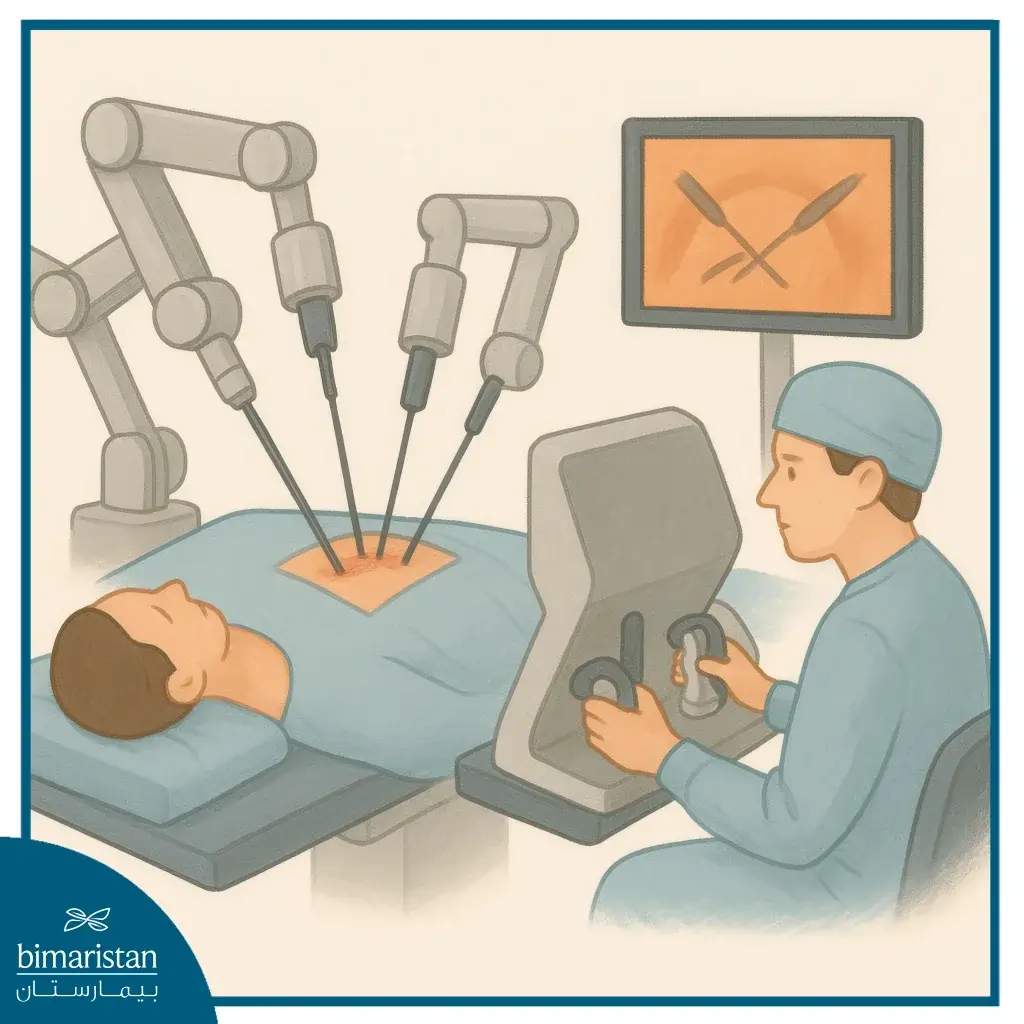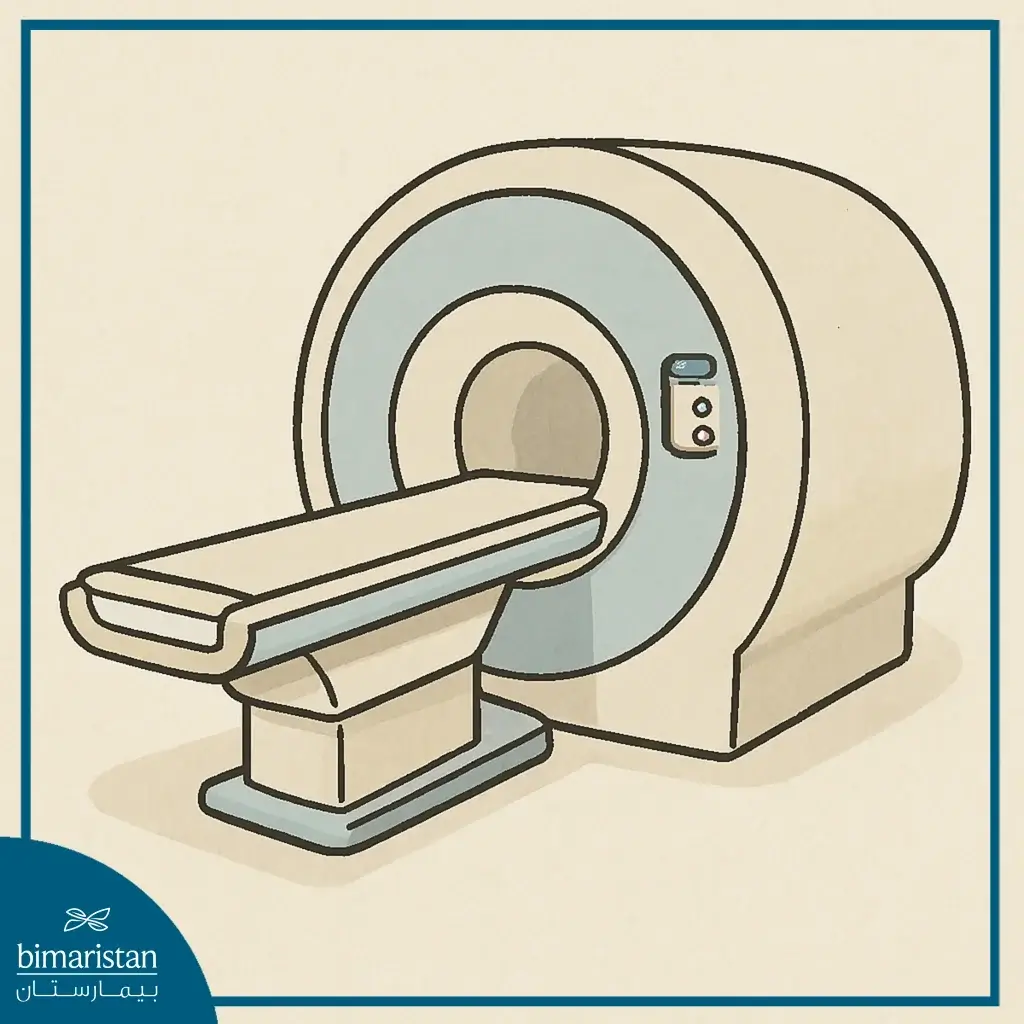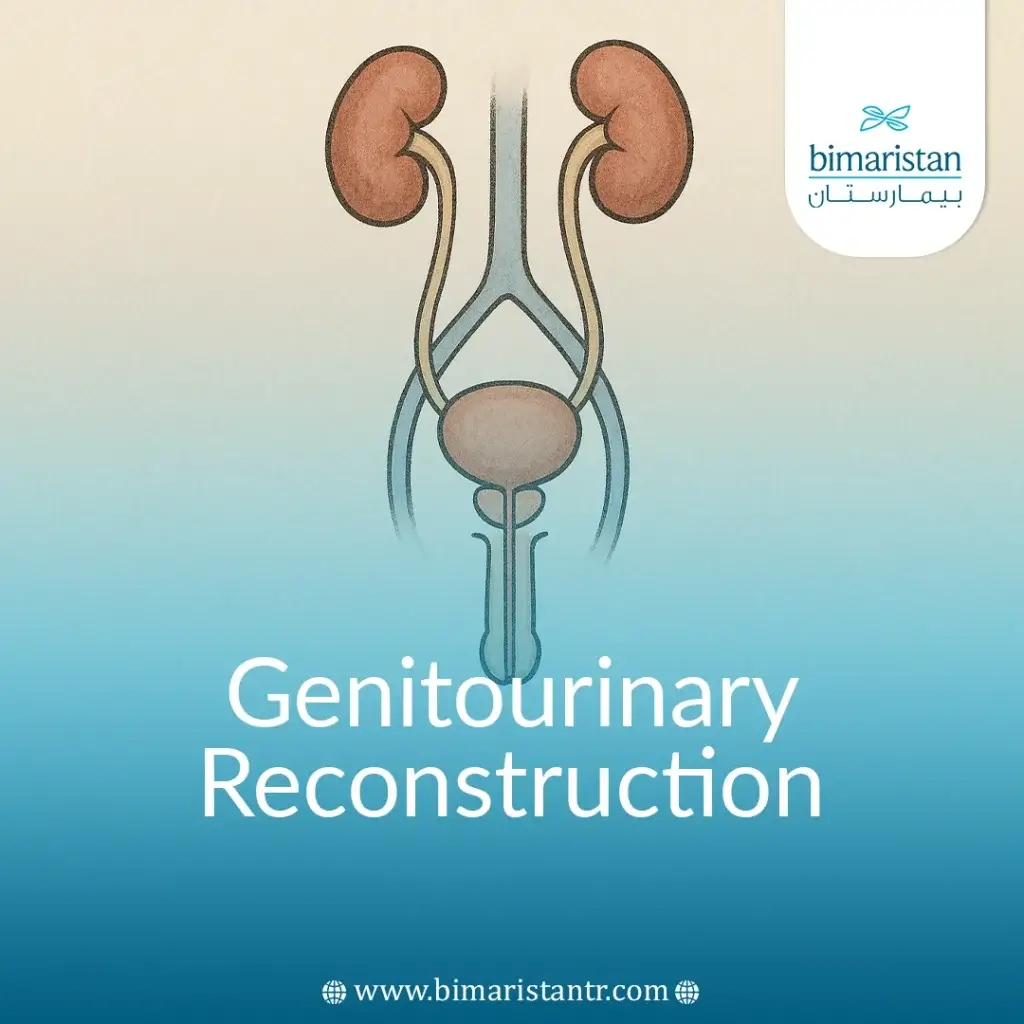Reconstructive surgery of the genitourinary system is an advanced medical procedure aimed at repairing damaged organs and restoring normal functions related to urination and sexuality. This surgery involves addressing abnormalities and injuries that affect the genitourinary system, contributing to an improved quality of life for patients. Doctors strive to reconstruct the urinary tract and reproductive organs through various techniques to ensure proper functional performance.
What is genitourinary reconstruction?
Genitourinary reconstruction surgery aims to repair damaged organs and restore normal functions related to urination or sex. This surgery addresses conditions and abnormalities affecting the genitourinary system, contributing to improved quality of life. It is accomplished by modifying, redirecting, or creating new upper and lower urinary tract areas and some reproductive organs.
The genitourinary network comprises a group of associated organs and tissues, including the kidneys, ureters, bladder, and urethra. In women, the reproductive organs include the ovaries, uterus, and vagina, while in men, the reproductive organs include the testes, scrotum, prostate gland, and penis.
How is genitourinary reconstruction surgery performed?
Genitourinary reconstruction surgery is a set of surgical procedures to restore the normal function and structures of the genitourinary system.
Before the surgery, a comprehensive assessment is conducted, which includes:
- Patient’s medical history
- Necessary imaging studies
- Urodynamic tests to assess bladder function
- Other specialized tests as needed
When preparing for the procedure, the type of anesthesia is carefully chosen based on the complexity and duration of the surgery, with general anesthesia being the most commonly used to ensure patient comfort during the operation. The surgeons then rely on the optimal surgical approach, which may involve making an incision in the lower abdomen or pelvic area, or accessing the affected tissues through the scrotum, rectum, or vagina in some cases.
With the advancement of medical techniques, robotic surgery has also become an available option, where a surgical robot controlled by the physician remotely and precisely contributes to improving surgical outcomes and reducing potential complications.

Thanks to significant advancements, patients can regain the functions of the genitourinary system and improve their quality of life after surgery.
How are genitourinary tract infections diagnosed?
Injuries to the organs comprising the genitourinary system present in various forms, depending on the specific cause of the injury. For example, bruises are considered one of the least harmful types of injuries. Bruises can occur due to blunt impacts to the lower abdomen and may lead to internal bleeding in organs such as the urinary bladder. Bleeding in the bladder, kidneys, or other parts of the urinary tract is often accompanied by hematuria or discolored urine. This variety in forms of genitourinary injuries requires accurate diagnosis by physicians.
To achieve this, doctors rely on a range of diagnostic tools, including:
- Abdominal CT scan
- Ultrasound
- MRI
- Angiography
- Blood tests

When is genitourinary reconstruction surgery indicated?
Sometimes, the surgeon may need to remove large amounts of tissue in the genital and pelvic area, or the organs may be damaged due to diseases, infections, or physical injuries such as blunt trauma and penetrating injuries. These conditions can lead to tears, obstructions, or disorders in the genitourinary organs, and they may also arise from congenital defects or complications resulting from previous surgeries. Genitourinary reconstruction is necessary in cases of significant excision or damage to one or both systems.
How do doctors address genitourinary problems?
Doctors who discover serious injuries to the genitourinary system immediately stabilize the patients using short-term injury management techniques. After addressing any immediate risks, doctors develop long-term treatment plans. Depending on the cause, location, and severity of the injuries, these treatments may include bed rest, medications, and reconstructive surgery to restore the structure and function of the affected organs.
What are the types of genitourinary reconstruction?
The reconstructive procedures performed in the pelvic area, specifically at the level of the genitourinary system, are divided into several types:
- Skin grafting: Used to enhance damaged or lost tissues.
- Oral mucosa grafting: Used to provide alternative tissues in sensitive areas.
- Muscle flaps: Used to support internal structures.
In some cases, intestinal tissues are utilized to create new genitourinary structures. Some procedures require reconnecting structures in innovative ways; for example, urethral reconstruction may involve removing the damaged section and reconnecting the healthy part to the natural endpoints.
What techniques are used in genitourinary reconstruction?
Genitourinary reconstruction involves a variety of techniques, the most notable of which include:
- Corrective surgery: This technique involves repairing damaged parts of the genitourinary system using tissues taken from other areas of the patient’s body, such as the small or large intestine. It aims to restore the targeted system’s normal function.
- Synthetic materials: Synthetic materials, such as small plastic or silicone tubes, are used to reconstruct the genitourinary tracts. These materials help direct urine flow from the kidneys to the ureters effectively.
- Tissue grafting: This technique involves transplanting tissues taken from donors or using tissues from the patient. Tissue grafting aims to enhance the ability to reconstruct the genitourinary tracts and improve their function.
These techniques improve the function of the genitourinary system and enhance patients’ quality of life by helping them restore their daily activities more effectively.
What conditions are treated with genitourinary reconstruction?
Genitourinary reconstruction surgeries are used to treat various medical conditions that affect the genitourinary system both anatomically and functionally. Here are some of these conditions:
1. Tumors and Cancer Diseases
- Bladder cancer: Requires bladder removal and reconstruction of a new pathway for urine drainage.
2. Urethral Issues
- Urethral stricture: Narrowing of the urethra that obstructs urine flow, which may require surgery to widen or reconstruct it.
- Hypospadias in adults: A congenital defect where the urethral opening is in an abnormal location.
3. Prostate Issues
- Benign prostatic hyperplasia (BPH): A non-cancerous enlargement of the prostate gland that can cause difficulty urinating.
- Chronic prostatitis: Long-term inflammation of the prostate causes pelvic pain and difficulty urinating.
4. Urinary Incontinence
- Stress urinary incontinence: Involuntary urine leakage during coughing, sneezing, or physical activity.
5. Bladder Issues
- Bladder stones: Hard mineral deposits in the bladder that can cause pain and difficulty urinating.
- Interstitial cystitis: A condition that causes pain in the bladder and pelvis with a frequent need to urinate.
6. Kidney Issues
- Kidney stones: Hard mineral deposits in the kidneys that can cause severe pain.
- Ureteral obstruction: Narrowing or blockage in the ureter, preventing urine flow from the kidney to the bladder.
- Ureteropelvic junction (UPJ) obstruction: Blockage where the kidney pelvis meets the ureter.
7. Sexual Issues
- Erectile dysfunction: Inability to achieve or maintain an erection sufficient for sexual intercourse.
- Sexual dysfunction: Issues with sexual function, including desire, arousal, and orgasm disorders.
8. Other Conditions
- Urinary retention: Inability to empty the bladder.
- Male infertility: Inability to conceive due to issues in the male reproductive system.
- Neurogenic bladder: Dysfunction of the bladder due to neurological problems.
- Painful urination: Pain or burning sensation during urination.
- Testicular or scrotal pain: Persistent or recurrent pain in the testicles or scrotum.
- Pelvic radiation disease: Damage to pelvic tissues due to radiation therapy.
- Recurrent urinary tract infections: Frequent occurrences of infections in the urinary system.
- Urogenital fistula: An abnormal connection between the urinary and reproductive organs.
What are the risks and complications associated with genitourinary reconstruction surgery?
Genitourinary reconstruction surgery may be associated with certain risks and complications that patients should be aware of. Among the most critical of these risks are:
- Infection: An infection may occur in the surgical area, requiring antibiotics to treat it.
- Bleeding: There is a possibility of severe bleeding during or after surgery, which may require additional medical intervention.
- Implant rejection: In some cases, the body may reject the implant, necessitating its removal or replacement with another device.
Patients should discuss these risks with their surgeons before undergoing genitourinary reconstruction surgery to ensure a comprehensive understanding of the procedures and potential expectations.
What does the recovery period after Genitourinary reconstruction involve?
Patients should expect to feel some pain and swelling for a few days in the surgical area, but these symptoms often decrease gradually. It is essential to follow a complete and specific postoperative care plan according to the surgeon’s instructions, who will establish a comprehensive recovery plan that includes the following:
Monitoring in the Hospital After Genitourinary Reconstruction Surgery
After the surgery, the patient is carefully monitored for any potential complications such as bleeding, infection, or adverse reactions to anesthesia. The hospital stay can range from several days to a week, depending on the type of procedure the patient underwent.
Follow-Up and Postoperative Care for Genitourinary Reconstruction Surgery
After leaving the hospital, the recovery period continues with regular follow-up appointments with the surgeon. These visits are crucial for monitoring the patient’s wound healing, assessing the condition of the targeted organ, and addressing any concerns that may arise in the early stages of recovery. During these sessions, stitches or drains used during the procedure are removed.
Lifestyle Modifications After Genitourinary Reconstruction Surgery
Some procedures may require temporary changes in daily habits after the surgery, such as adjusting the diet or making lifestyle changes to support recovery and enhance long-term outcomes.
Some patients may need physical therapy to strengthen pelvic muscles. Surgical outcomes depend on the structures involved; for example, patients who underwent bladder reconstruction may need to use a catheter for urination after the procedure. These cases require careful evaluation by specialists to determine the appropriate treatment for each situation.
Genitourinary Reconstruction Surgery is an important way to improve patients’ lives and restore their natural functions. Thanks to medical advancements, many conditions can be successfully treated. Ongoing care after surgery contributes to achieving the best outcomes.
Sources:
